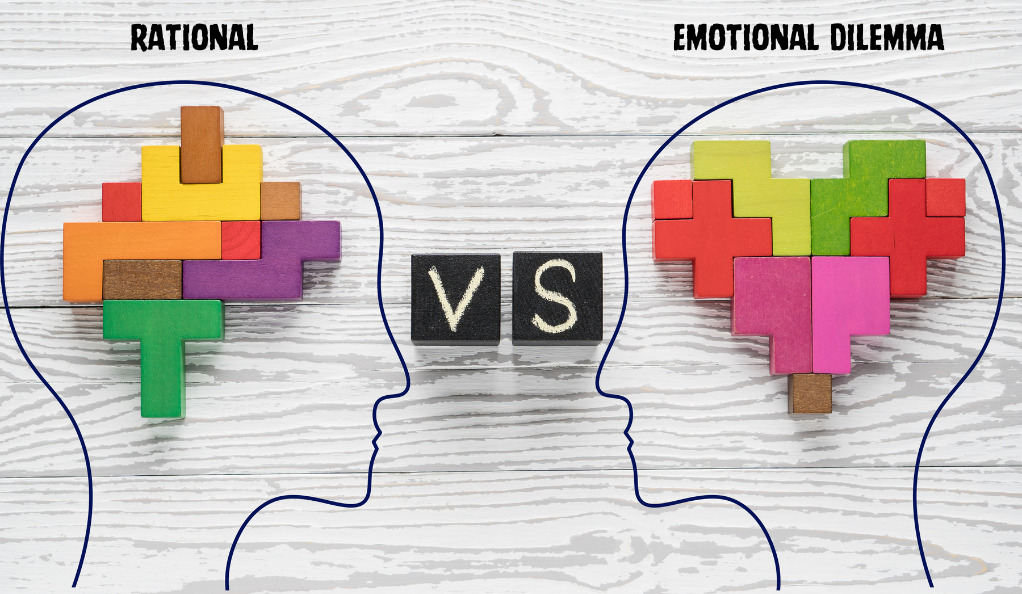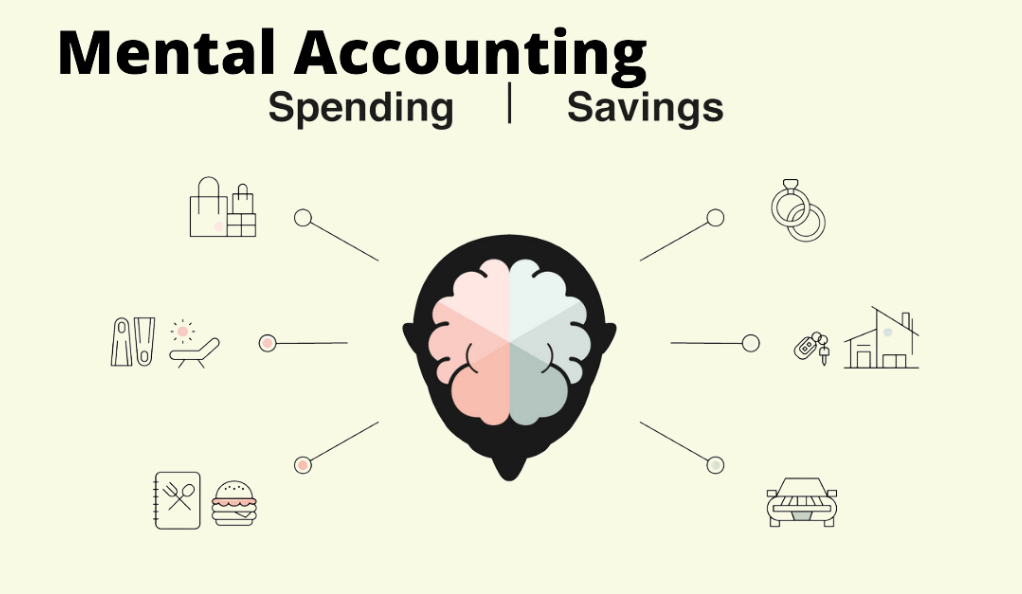Unlocking the Secrets of Behavioral Finance: Understanding the Psychology Behind Financial Decisions
In the complex world of finance, where numbers and trends dominate, there’s an often-overlooked element that plays a crucial role in shaping financial decisions – human psychology. Behavioral finance delves into the fascinating realm of understanding how psychological biases and emotions influence the choices individuals make when it comes to money matters. Let’s dive into the depths of this captivating field to uncover the secrets that drive financial behaviors.
Behavioral finance is a captivating field that acknowledges the undeniable connection between human psychology and financial decision-making. Unlike traditional finance theories that assume individuals always act rationally and make decisions based solely on maximizing utility, behavioral finance recognizes that emotions, biases, and cognitive shortcuts significantly influence the choices people make.
The Rational vs. Emotional Dilemma

One of the fundamental debates in behavioral finance is the clash between rational decision-making and emotional impulses. While classical economics assumes that individuals always act in their best interest by evaluating all available information, behavioral finance highlights that emotions often take precedence. Emotional factors like fear, greed, and social pressures can lead to decisions that deviate from pure rationality.
Anchoring and Adjustment: The Price Perception Trap
Anchoring is a cognitive bias where individuals rely heavily on the first piece of information encountered when making decisions. This can lead to errors in judgment, particularly in financial matters. Investors might hold onto a stock longer than they should, hoping it will return to a past high price. The trap lies in failing to adjust to new information.
Herd Mentality: The Influence of the Crowd
Human beings are inherently social creatures, and this characteristic spills into the world of finance. The herd mentality describes the tendency to follow the actions of a larger group, often without questioning the logic behind those actions. This behavior can contribute to market bubbles and crashes, as well as missed opportunities due to the fear of missing out.
Loss Aversion and the Fear of Missing Out (FOMO)

Loss aversion refers to the tendency of individuals to feel the pain of losses more intensely than the pleasure of gains. This bias can lead to holding onto losing investments for too long, in the hope that they’ll turn around. Coupled with the fear of missing out (FOMO), investors might jump into trends without proper analysis, driven by the anxiety of being left behind.
Overconfidence: The Double-Edged Sword
Overconfidence bias leads individuals to overestimate their own abilities and knowledge, causing them to take on more risk than they can handle. This can result in poor investment choices and financial losses. Striking a balance between confidence and humility is essential for making sound financial decisions.
Prospect Theory: Framing Decisions and Risk Taking
Prospect theory suggests that people make decisions based on perceived gains and losses rather than absolute outcomes. The way choices are presented (or framed) can significantly impact decisions. Individuals are more likely to take risks to avoid perceived losses and play it safe to secure perceived gains.
Mental Accounting: The Compartmentalization of Funds

Mental accounting is the practice of categorizing money into different mental compartments, each with its own set of rules. This can lead to suboptimal financial decisions, such as spending windfalls more frivolously than regular income. Understanding this bias can help individuals make more holistic financial choices.
Availability Heuristic: When Recent Events Cloud Judgment
The availability heuristic is the tendency to rely on readily available information when making decisions. Recent events often carry more weight in judgment, even if they don’t accurately represent the overall picture. This bias can lead to reactionary decision-making, especially during times of market volatility.
Confirmation Bias and Selective Perception
Confirmation bias occurs when individuals seek out and interpret information that aligns with their preexisting beliefs. In the context of finance, this can prevent investors from considering alternative viewpoints and lead to missed opportunities. Staying open to diverse perspectives is essential for making well-informed decisions.
The Endowment Effect and Ownership Bias
The endowment effect refers to the tendency to ascribe higher value to items simply because one owns them. This bias can lead to reluctance in selling assets at their true market value, as individuals overvalue what they possess. Recognizing this bias can help investors make more rational decisions when divesting.
Regret Aversion: The Battle with Decision Regret

Regret aversion is the desire to avoid making choices that might lead to regret later on. This bias can hinder investors from taking calculated risks, even if those risks have the potential for significant gains. Overcoming this bias requires a balanced assessment of potential outcomes and a willingness to learn from mistakes.
Market Bubbles and Irrational Exuberance
Behavioral finance sheds light on the phenomenon of market bubbles, where asset prices soar to unsustainable levels due to excessive optimism and irrational exuberance. Understanding the psychological factors driving these bubbles is essential for investors to make informed decisions and navigate volatile markets.
Nudging Behavior: Behavioral Economics in Action
Nudging involves subtle interventions that influence people’s decisions without restricting their freedom of choice. Behavioral economists use nudges to encourage desired financial behaviors, such as saving more or making informed investment choices. Harnessing the power of behavioral economics can lead to positive changes in financial habits.
Emotions and Trading: A Risky Combination
Emotions and trading are a risky combination. Emotional decisions driven by fear or excitement can lead to impulsive actions and losses. Developing emotional intelligence and adopting disciplined trading strategies can help investors mitigate the detrimental effects of emotions on their financial decisions.
Conclusion
Unlocking the secrets of behavioral finance is a journey that reveals the intricate interplay between human psychology and financial choices. As we delve deeper into understanding the biases, emotions, and cognitive shortcuts that influence decisions, we empower ourselves to make more informed and rational choices in the complex world of finance.
FAQs
Behavioral finance acknowledges the role of psychological biases and emotions in shaping financial decisions, while traditional theories assume individuals always act rationally.
Yes, awareness and education about these biases can help individuals recognize and counteract them, leading to better financial decision-making.
Not necessarily. Some biases can be advantageous in certain situations, but it’s important to strike a balance and not let biases cloud judgment.
Understanding behavioral finance can help investors make more rational decisions, avoid common pitfalls, and navigate the complexities of the financial markets.
Education about behavioral biases can empower individuals to make more conscious and informed choices, reducing the impact of biases on their financial decisions.
